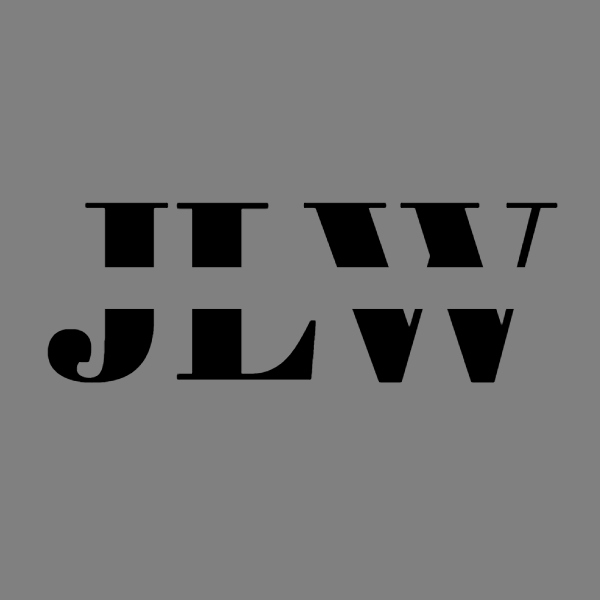 When comparing AI art and traditional art, several key differences and similarities come into play. Both forms of art have their unique advantages, challenges, and implications. Here’s a comprehensive look at AI art versus traditional art across various dimensions:
When comparing AI art and traditional art, several key differences and similarities come into play. Both forms of art have their unique advantages, challenges, and implications. Here’s a comprehensive look at AI art versus traditional art across various dimensions:
### 1. Creation Process:
AI Art:
– Tools and Techniques: AI art is created using algorithms, neural networks, and machine learning models. Tools like Generative Adversarial Networks (GANs), neural style transfer, and diffusion models are commonly used.
– Automation: The art creation process can be highly automated. Artists provide inputs such as text prompts or initial images, and the AI system generates the final artwork.
– Iteration Speed: AI can quickly iterate through numerous variations, allowing rapid exploration of different styles, compositions, and concepts.
Traditional Art:
– Tools and Techniques: Traditional art involves manual techniques such as painting, drawing, sculpting, and printmaking. Artists use physical tools like brushes, pencils, and canvas.
– Physical Labor: The creation process is labor-intensive and can take considerable time, requiring human skill, dexterity, and manual effort.
– Iteration Speed: Iteration can be slower due to the physical nature of the work. Each version or adaptation requires manual adjustment.
### 2. Skill and Expertise:
AI Art:
– Technical Skills: Creating AI art often requires knowledge of programming, machine learning, and understanding of how to use specific AI tools.
– Creative Input: While AI handles much of the generation process, creative vision and input from the artist guide the final output.
Traditional Art:
– Artistic Skills: Mastery in traditional art forms requires years of practice and development of fine motor skills, understanding of mediums, and artistic techniques.
– Creative Input: The artist directly controls every aspect of the creation process, from concept to completion.
### 3. Artistic Expression:
AI Art:
– Collaboration: AI can be seen as a collaborative tool that aids artists in realizing their vision or exploring new creative territories.
– Experimentation: AI allows for unique and novel artistic expressions, often producing results that surprise even the creators.
Traditional Art:
– Personal Touch: Traditional art bears the unique touch of the artist, with each stroke or chisel mark reflecting their individual style and expression.
– Cultural and Historical Context: Traditional art is deeply tied to cultural and historical contexts, carrying the legacy and influence of art history.
### 4. Accessibility and Democratization:
AI Art:
– Accessibility: AI tools make art creation more accessible to people who may not possess traditional artistic skills, potentially democratizing art creation.
– Ease of Use: User-friendly interfaces and platforms like DALL-E, MidJourney, and Artbreeder lower the barrier to entry.
Traditional Art:
– Accessibility: Requires skill development, access to materials, and often formal education or training.
– Barriers: Traditional methods may present higher barriers to entry, both in terms of cost and skill acquisition.
### 5. Ethical and Philosophical Considerations:
AI Art:
– Authorship: Raises questions about authorship, creativity, and originality. Who owns the artwork—the AI, the programmer, or the person providing input?
– Data Usage: Ethical concerns about the datasets used to train AI models, especially if they include copyrighted material without consent.
Traditional Art:
– Authorship: Authorship is typically clear and undisputed, with a strong emphasis on the artist’s creative journey and intent.
– Cultural Integrity: Traditional art practices often embody cultural significance and integrity, which may be diluted in AI generative processes.
### 6. Market and Valuation:
AI Art:
– Market Acceptance: AI-generated art has begun to gain acknowledgment and value in the art market. Notable sales, like that of the AI-generated “Edmond de Belamy,” have fetched high prices.
– Valuation: Still developing, with ongoing debates about the true value and uniqueness of AI-generated pieces.
Traditional Art:
– Market History: Traditional art has a long-established market with well-understood valuation criteria based on historical significance, craftsmanship, and the artist’s reputation.
– Cultural Impact: Often commands higher respect and recognition due to the cultural and historical context it embodies.
### Conclusion:
Both AI and traditional art offer unique opportunities and challenges. AI art brings innovation, accessibility, and novel creative possibilities, while traditional art carries the depth, personal touch, and cultural significance honed over centuries. Neither form is inherently superior; they represent different facets of the evolving landscape of artistic expression. As technology continues to develop, it is likely that AI tools will increasingly complement, rather than replace, traditional art forms, fostering new hybrid practices and expanding the boundaries of what art can be.


